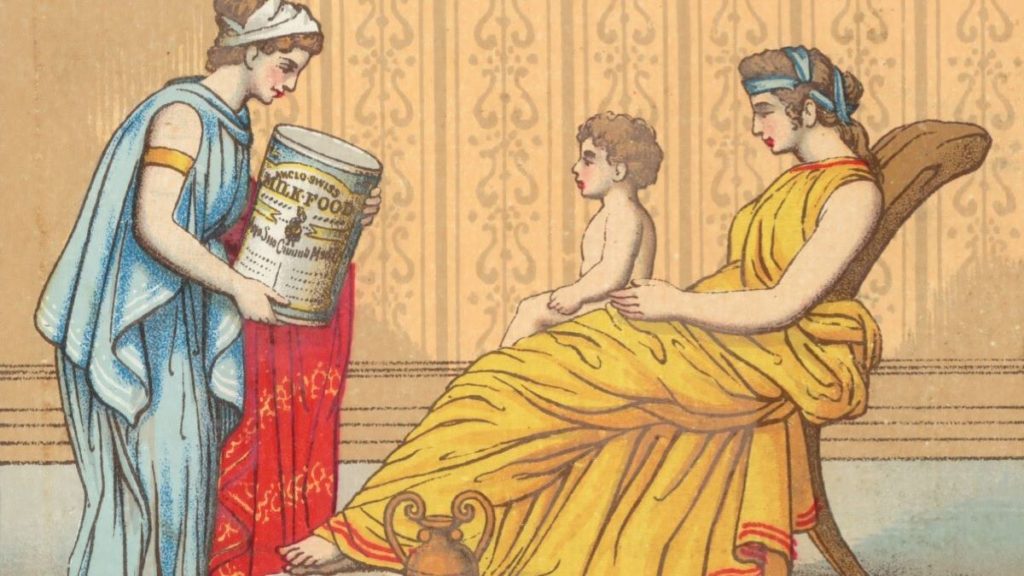Photo by Boston Public Library on Unsplash
If your business manufactures, distributes, and/or advertises specific products, you need to take product liability seriously.
If one of your products ends up harming, or worse, killing someone, one or more of your customers could take legal action against you with the help of a product defect attorney.
Then, if you lose the case, you could end up owing hundreds of thousands or even millions of dollars. This could result in enormous strain or even the closure of your business. Plus, even if you win, you could still be on the hook for enormous legal costs.
Fortunately, there are several strategies that can help you protect your business from product liability issues.
RELATED ARTICLE: BUSINESS SERVICES YOU MAY WANT AND SOME YOU NEED
Purchase Product Liability Insurance
The most straightforward, and in many cases the most effective way, to protect your business from product liability issues is to purchase product liability insurance. As the name suggests, this is a specific type of insurance policy meant to protect your business from product liability-related threats.
If you have a product liability insurance policy and a customer sues your over a product defect, it will likely kick in. Then it will compensate you for legal costs up to a specified amount. The fallout may not be good for your business’s reputation. However, your policy will help to mitigate your financial losses.
Get an Umbrella Liability Insurance Policy
Most product liability insurance policies have a strict upper limit in terms of payout. Therefore, if your company ends up liable for damages above and beyond that upper limit, you may suffer the damage directly. That’s why many businesses have an umbrella liability insurance policy. Such a policy can provide additional protections above and beyond the limits of other policies.
Test Your Products Thoroughly
Your insurance policies will cover your costs in the event of a tragedy. Nonetheless, it’s still important to take proactive measures to prevent product liability tragedies from occurring.
One of the best ways to do this is to test all your products throughout the research and development process. Are there any inherent risks to using this product? How could it potentially be misused? Do average people understand the proper instructions and safety measures necessary to use this product as intended?
Include All the Necessary Warnings
Depending on what types of products you create and where you live, you may be legally responsible for several things. This might include sharing a variety of safety warnings about your product. For example, you might be required to state that your product is a fire hazard, or that it could cause cancer.
At an absolute minimum, you’ll want to comply with all laws that apply to you, warning consumers of ways your product could result in harm.
It’s also useful to issue a separate page of warnings about your product. For example, you can explicitly detail how your product is meant to be used and define specific forms of misuse to avoid. If you’re effective in communicating these warnings, consumers who violate these recommendations may not be able to file a claim against you.
Investigate and Vet Your Suppliers
You may have a solid, safe product, but if one of your suppliers makes a mistake—like allowing a corrupted batch of raw materials to enter the supply chain—it could still compromise the integrity of your products.
Accordingly, it’s in your best interest to investigate and vet your suppliers. Don’t partner with a vendor until you have a thorough understanding of how they operate, what quality control measures they include, and how their past performance has played out.
By working with reputable, trustworthy partners, you’ll limit your exposure to long-term risks in terms of product liability.
Institute Regular Testing and Monitoring to Nip Product Liability Issues in the Bud
Even with the best policies and practices in place, there are opportunities for mistakes to slip through.
Therefore, institute regular testing and monitoring throughout your manufacturing process and throughout your supply chain. In this way, you can catch product liability issues before they become a major problem. Safety supervisors and similar positions can be responsible for noting product defects before they ever make it to a consumer.
Investigate Deviations
No matter how careful you are or how many safeguards you have in place, there’s still a chance that a defective product will make it to an end consumer.
If and when this happens, you need to know about it. Be prepared to investigate these aberrations from your normal workflow. What batch was this product a part of? Can you issue a recall? How did this happen in the first place? The more you know, the better your chances of preventing similar product liability issues in the future.
Be Proactive When It Comes to Product Liability
The major caveat with these strategies is that they must be undertaken proactively. You can’t procrastinate your execution. Each day you operate without product liability insurance or other protections, you’ll be vulnerable. Plan ahead for every contingency to maximize your chances of success.
To stay up-to-date on best practices for running your business successfully, be sure to visit our blog frequently.

